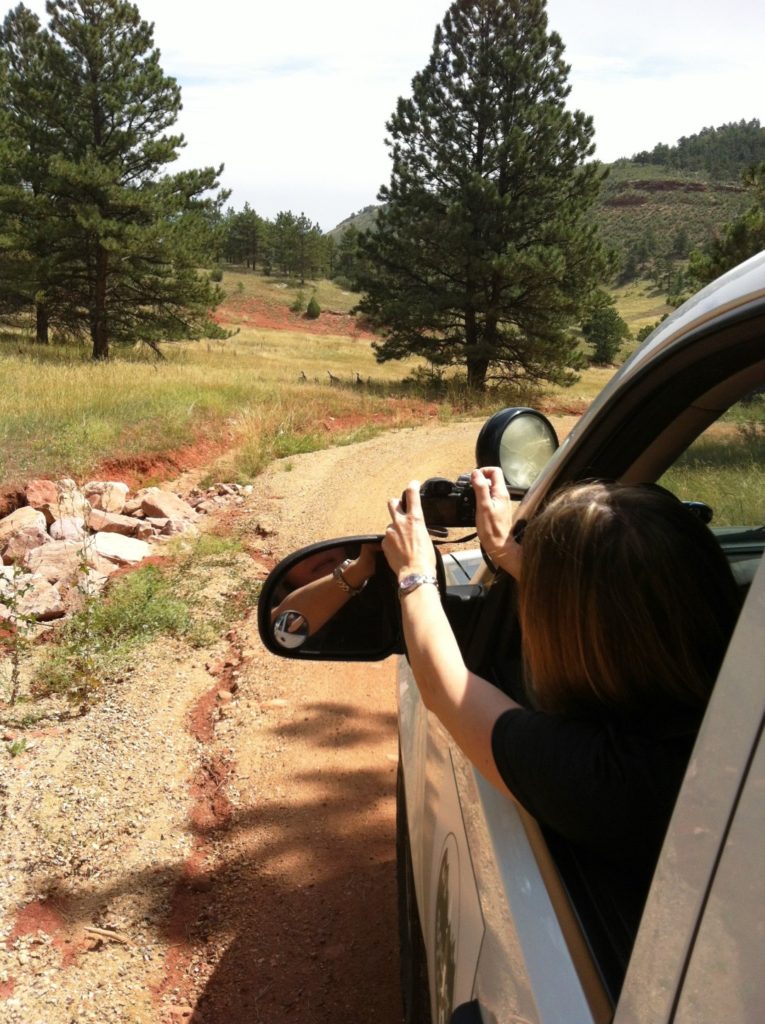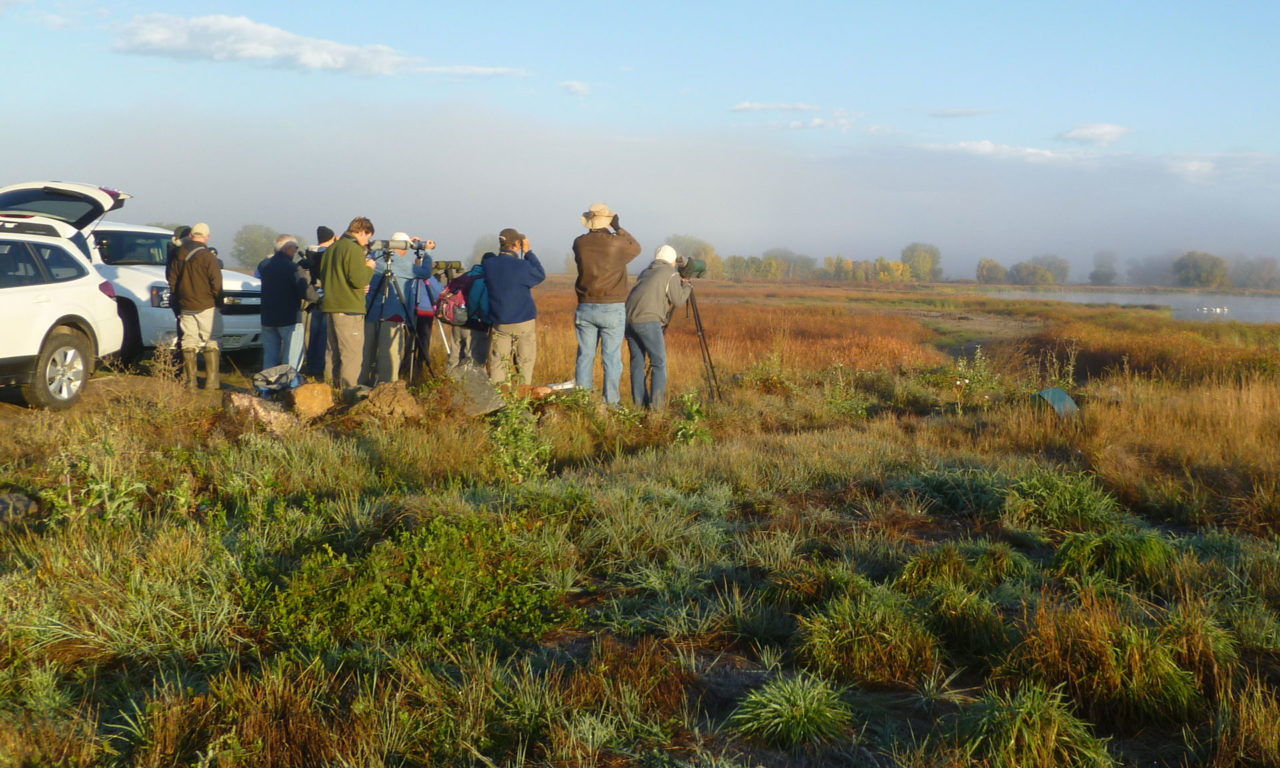If you live in Boulder County, it’s likely that you enjoy the outdoors, and with that often comes watching wildlife. Whether you go up to Rocky Mountain National Park to watch the elk in rut or you live in the foothills and witness wandering black bears, there are some ways that you should be respectfully watching these animals.
The “Leave No Trace” principles are a great starting point for respectfully watching wildlife. Maintaining distance from animals is extremely important. For watching raptors, you must be at least a half-mile away from the birds and/or their nests.
For large mammals, you need to be far away as well: at least 25 yards for most wildlife, and at least 100 yards for larger animals such as bears. If you can cover the entire animal with your thumb, you’re at a safe distance.
Watching from behind buffers is an even better way to view animals. Buffers are barriers—usually a car—that keep you from the animal. The buffer protects you as well as allowing the animal to behave as usual. Additionally, feeding wildlife should never be done. They become accustomed to humans bringing them food and therefore reliant on this extra sustenance instead of finding their own food. Not to mention that human food is often very bad for animals and can cause bodily issues. Additionally, it can make these animals less afraid of humans and more susceptible to harm if the wrong human comes by.
Finally, if you are driving where there is wildlife to see, make sure to keep your eyes on the road, pull over in safe designated areas, and never block traffic. If you see something of note, notify the managing agency
Leave No Trace
Even if you don’t see any wildlife while on your hike, it’s very important to leave the outdoors as you find it and to respect the habitats of the animals around you. The main principles from “Leave No Trace” include:
- Plan Ahead and Prepare: Consider your group size.
- Travel and Camp on Durable Surfaces: Create the least amount of disturbance to an area.
- Dispose of Waste Properly: Waste includes human waste, as well as garbage. Properly disposing of human waste prevents water pollution, minimizes the spread of disease, and maximizes the decomposition rate. Find a place at least 200 feet from water sources, dig a hole 6-8 inches deep, bury human waste, and pack out used toilet paper. Make sure that you also pack out all trash and garbage that you brought with you.
- Leave What You Find: Do not alter sites. Make sure you leave any antlers, petrified wood, rocks, bones, and sticks. They are utilized by the animals in the area and provide shelter, minerals, and vitamins.
- Minimize Campfire Impacts: Use a camp stove instead of a fire to cook food. Make sure you know the fire danger for the time of year and place you are visiting. If you do build a fire, use an existing fire ring.
- Respect Wildlife: Quietly observe from a distance and keep your group small. Do not touch, get close to, feed, or pick up animals.
- Be Considerate of Other Visitors: Do not create excessive noise, control your pets, and do not damage the surroundings.



